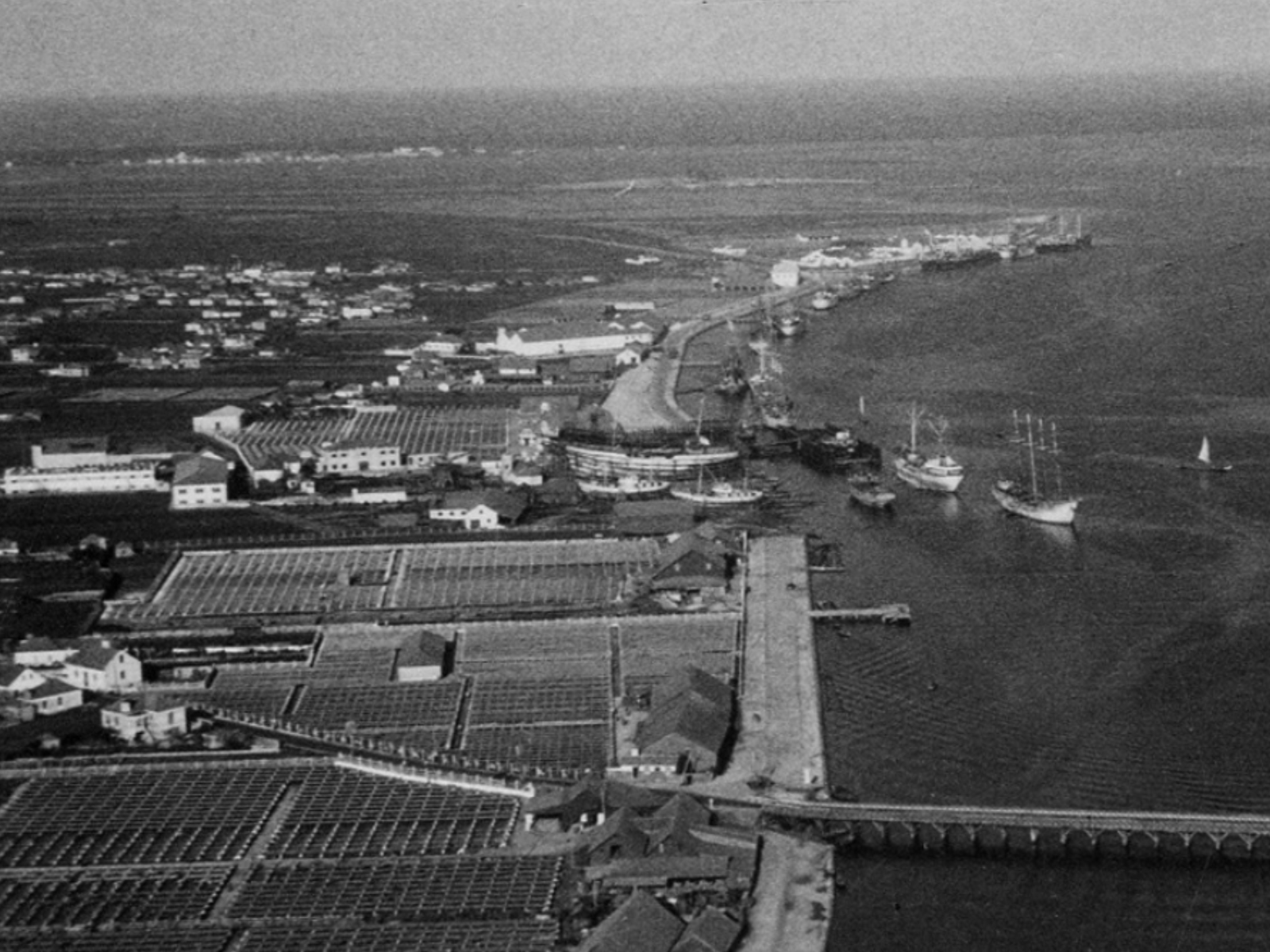A Data‐Driven History of Gloucester's Fisheries Architecture
In Gloucester, Massachusetts, Atlantic cod fishing played a key role in shaping the urban landscape, with its iconic schooner fleet anchored at the inner port wharves and large areas dedicated to drying racks. Cod’s dominance began to decline in the 19th century as shifts in market demand and advancements in fish processing and storage facilitated the rise of other species. Throughout its history, Gloucester has exemplified the close interconnection between urban development and fishing activities.
This article presents the methods and preliminary results of research into the socio‐ecological history of the Gloucester fisheries, with a focus on the interactions between humans and marine ecosystems. It explores how these interactions are reflected on land through the built environment and assesses the impact of human activity on marine life. The objectives of this research are to establish a historical timeline of the Gloucester fisheries between 1880 and 1930, integrate statistical and geospatial data, and explore modalities for visualization and communication. Using a mixed‐methods approach, the study is organized around five datasets that combine written, statistical, and geospatial evidence: Fishing Grounds, Fishing Fleets, Population Shifts, Industry Footprint, and Processing Plants. The goal is to enhance historical analysis by introducing an environmental perspective, assessing the pressures on ecosystems, and grounding the analysis in quantitative statistical and geospatial data.
Click here to continue reading.
The full article is available in open access in the journal Ocean and Society, in the special issue 'Global Maritime Flows and Local Implications: A Worldwide Taxonomy and Glossary of Port City Regions' edited by Mina Akhavan (TU Delft), Yvonne van Mil (TU Delft), and Carola Hein (TU Delft).


